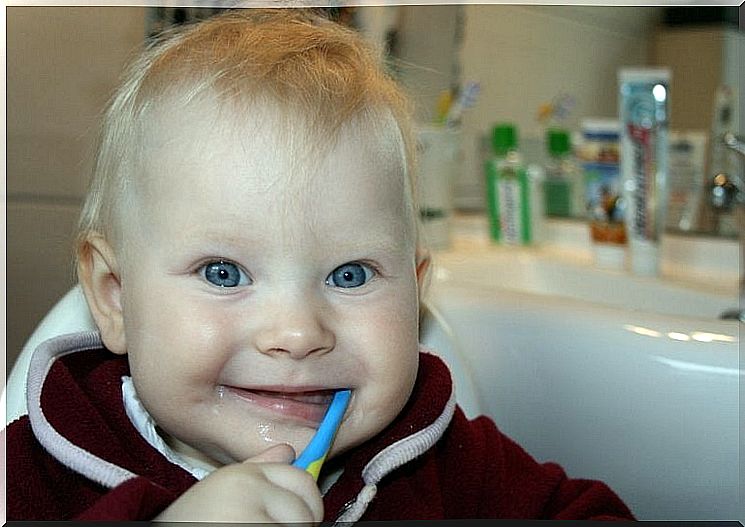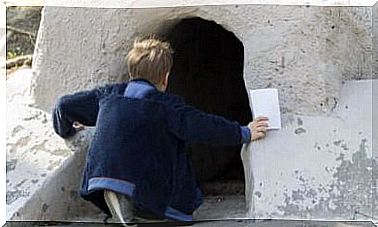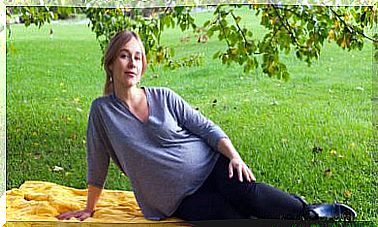My Baby’s First Tooth

Your baby spends several days drooling and puts everything in his mouth? Even the little hand? Cry for nothing? Do you sometimes notice a moan of pain? Maybe this is happening because of the birth of the first tooth.
If you look at your little one’s gums and they are reddened and inflamed, it’s possible that soon all of this will pass and the tip of your first tooth will appear.
Around seven months of age, maybe a little earlier, or a little later, your little one will show a beautiful tooth. It usually appears on the lower front of the mouth. From that moment on, your whole family will celebrate the appearance of this little pearl that will transform your baby into the feeling of the moment in the family.
Of course, as long as he’s going through those uncomfortable days before the tooth dent you should take steps to relieve the pain at that time. This period must be monitored by a pediatric dentist.
Since when should you be aware of the arrival of these uncomfortable days for the little one? Since birth. If you’re wondering why so soon, we should explain that your little one already has all the baby teeth inside the gums by the ninth month of pregnancy. They are like little seeds in babies’ mouths and surprise some people with their early appearance.
We must be prepared

While some babies go through the teething process without even realizing it, others experience a lot of discomfort. In the latter case, what precautions should we take so that the little one suffers as little as possible with the appearance of the first tooth? Some simple measures:
- Each person has their own rhythm. So don’t worry if your baby is already born with a tooth or if the little tooth appears in the fourth month, the seventh, or even the first year of age. Knowing this, every day gently massage your gums with a gauze soaked in boiled water at room temperature.
- If the little one shows pain, apply ice or a few drops of the pain reliever you use to lower the fever. There are also analgesic and even homeopathic ointments. Always have one in your baby’s first aid kit. The first tooth can come in when you least expect it.
- In any case, keep a teething ring at home so he can bite. Your child will use it as often as they want
- If you feel a lot of pain, take him to the pediatric dentist. Gums hurt, but not to the extreme.
- If you have diarrhea and a high fever, it’s not because of teething. Take him to the pediatrician, he’ll know what to do.
- Leave a teaspoon in the fridge and place it on the inflamed gums. Gently applying pressure will help the tooth tear the gum.
- If you don’t have a teething ring at home, a cold, peeled carrot can be a very good bite. Be careful to cut the end, as the baby may, for example, try to put it in the nose.
tooth care

According to the Spanish Association of Pediatrics, it is a myth to say that the pacifier deforms the gums or damages the baby teeth. In fact, it can be used up to three years of age as it calms crying, helps to sleep and reduces stress… Recent studies link its use, particularly during sleep, with a reduced risk of sudden death in the newborn. born.
On the other hand, breastfeeding is also very important. It has been proven that babies who are breastfed will have fewer problems with malocclusion (wrong bite). Sucking the breast will ensure the correct growth of all baby teeth and the development of the baby’s mouth.
Just because you don’t have teeth doesn’t mean your baby’s mouth isn’t exposed to bacterial attack. So it is advisable to clean your gums with a damp cloth every day. Once the first tooth has appeared, it should be cleaned with a damp gauze. Then give the baby water to wipe off any residue. If he sleeps from a bottle, wipe his mouth when he wakes up: milk residue contains bacteria.
After the appearance of the first tooth (lower central incisor), his companion will also appear. Next will appear the maxillary central incisors, then the lateral incisors, the canines, and finally the molars, approximately 30 months after birth (some less time, some more) when babies have 20 teeth.
Keep in mind that taking care of baby teeth will influence the health of the perms. So in a year, when your child has eight teeth, start teaching him to use a toothbrush and rinse his mouth with water. How little ones love to imitate Mommy! You will see that your baby will mouthwash as if it were a game!









